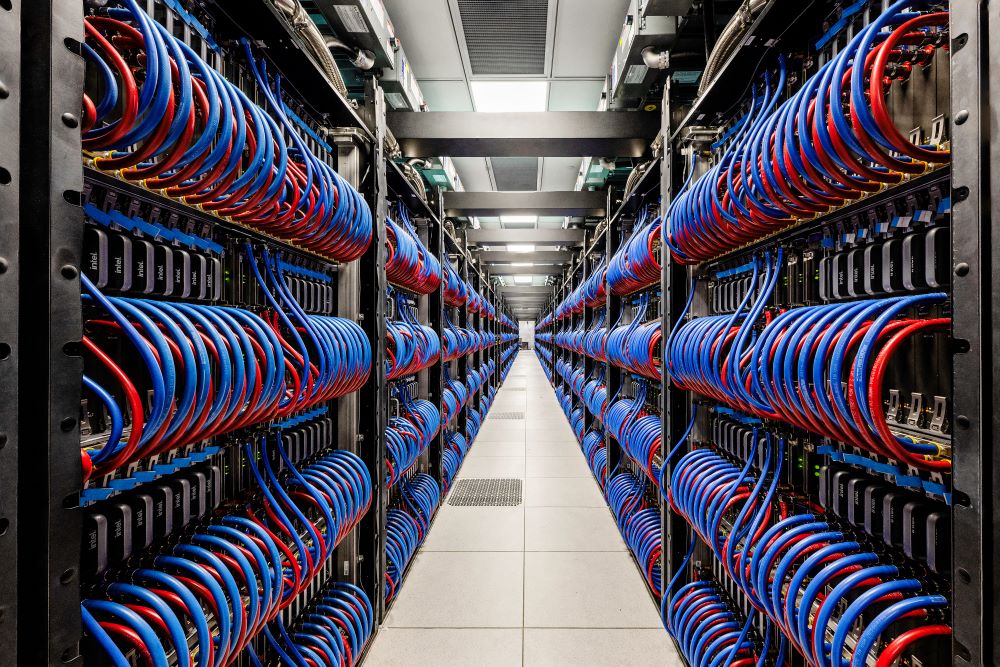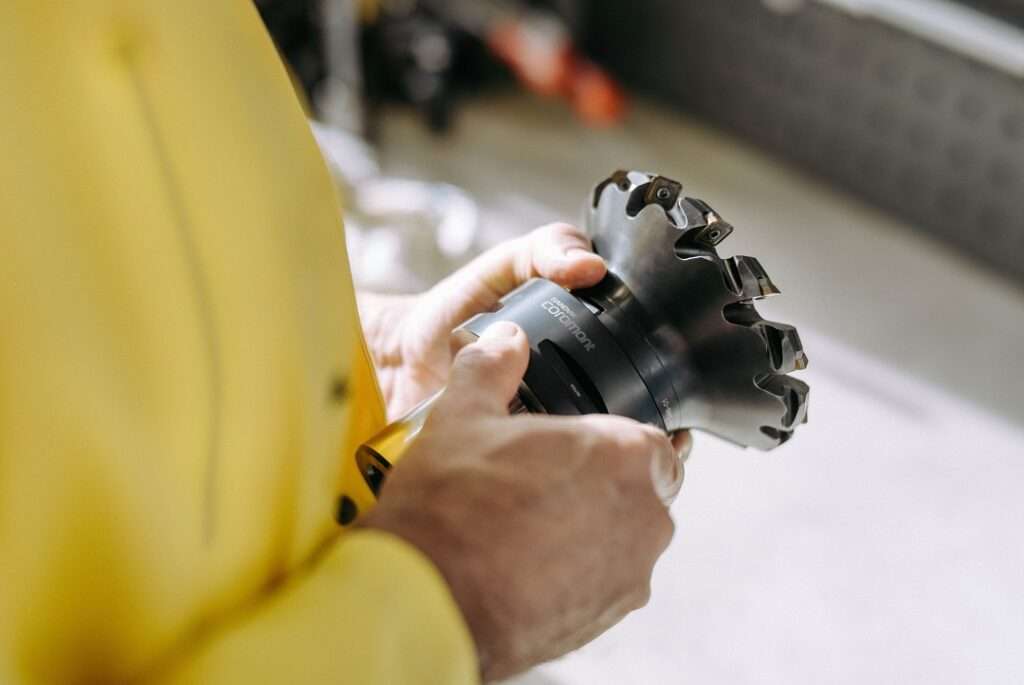Hewlett Packard Enterprise (HPE), in collaboration with Intel, has announced the successful delivery of the world’s second exascale supercomputer, named Aurora, to the United States Department of Energy’s Argonne National Laboratory. Aurora has achieved a remarkable milestone by reaching 1.012 exaflops, making it the world’s second-fastest supercomputer as per the TOP500 list of the most powerful supercomputers.
Trish Damkroger, Senior Vice President and General Manager of HPC & AI Infrastructure Solutions at HPE, expressed pride in the achievement, stating, “We are honored to celebrate another significant milestone in exascale with Aurora, which delivers massive compute capabilities to make breakthrough scientific discoveries and help solve the world’s toughest problems.”
An exascale computing system has the capacity to process one quintillion operations per second, enabling the tackling of some of humanity’s most complex problems. Aurora, built with the HPE Cray EX supercomputer, is also the largest AI-capable system globally and boasts the top spot on the HPL Mixed Precision (MxP) Benchmark, achieving 10.6 exaflops.
Rick Stevens, Associate Laboratory Director and Distinguished Fellow at Argonne National Laboratory, highlighted the significance of Aurora, stating, “Reaching this milestone with a second exascale system in the U.S. is an incredibly significant achievement that will advance open science initiatives globally.”
The Aurora exascale supercomputer is the result of a strong private-public partnership between HPE, Intel, the U.S. Department of Energy, and Argonne National Laboratory. It underscores the importance of collaboration in achieving scientific progress and innovation.
Ogi Brkic, Intel Vice President and General Manager, Data Center AI Solutions, emphasized the system’s focus on supporting research and science communities in the HPC and AI space. “Our ongoing collaboration with Argonne National Laboratory and HPE has resulted in promising early science success stories,” said Brkic.
Aurora, housed at the Argonne Leadership Computing Facility (ALCF), represents a significant leap forward in computational capabilities, opening new avenues for scientific research and discovery. As technology continues to evolve, partnerships like these play a crucial role in advancing scientific understanding and addressing global challenges.







